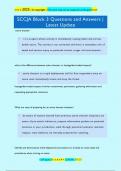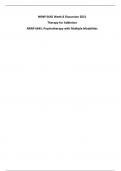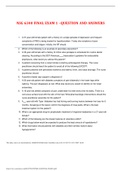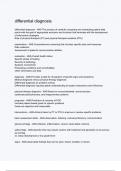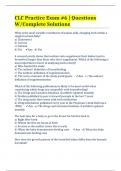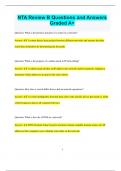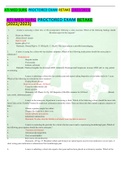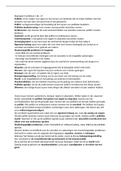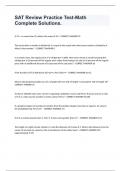Tentamen (uitwerkingen)
SCCJA Block 3 Questions and Answers | Latest Update
- Vak
- Instelling
active shooter- r is a suspect whose activity is immediately causing death and serious bodily injury. The activity is not contained and there is immediate risk of death and serious injury to potential victims, target rich environment. what is the difference between active shooter vs. hostage...
[Meer zien]
